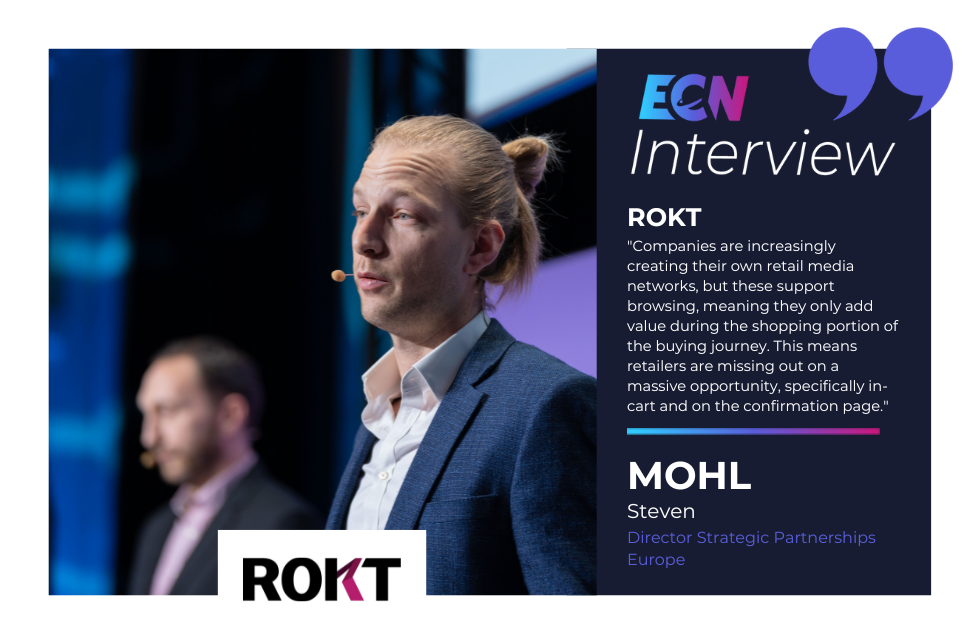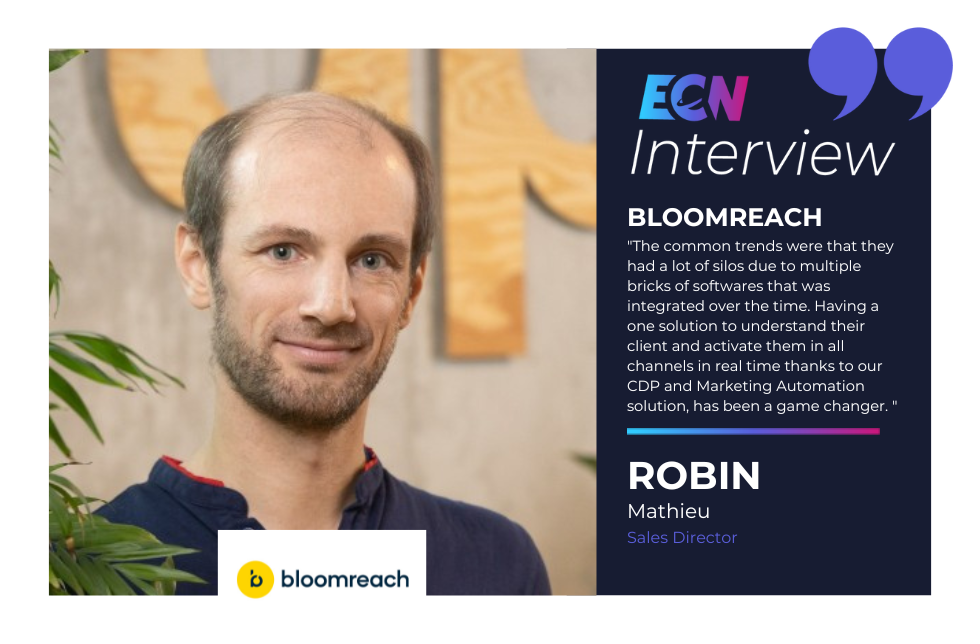The word “FinTech” (financial technology) has been thrown around as of late by hundreds, if not thousands, of startups looking to capitalize on the e-commerce coverage that the growing industry has been receiving. A FinTech, according to definition, is a company that uses new technology in the financial world. Originally, it was a term used to define the back end technology of established financial institutions.
Today, the term is used much more broadly and includes new financial technologies, such as Bitcoin, various e-wallet apps and capital marketplaces like Kickstarter. These companies attempt to disrupt the established financial sector and conventional financial channels by offering services that eliminate the need to use their older counterparts. Other interesting developments in the sector can be found in the insightful infographic the fellows at Play-N-Play have assembled.

Contrary to popular belief, the first truly successful FinTech companies have been around since the turn of the millennium. Some were even around since the late 90’s. The first FinTech to truly become a global financial giant out of this sector is none other than PayPal.
Today, PayPal is worth over 80 billion dollars and is, according to Forbes magazine, the 193rd biggest public company on the planet. Though this success has been nearly 18 years in the making, the rise of PayPal to global domination in the industry it pioneered has not been all smooth sailing.

PayPal was started in 1998 and was voted the worst idea of the year in 1999. The financial and venture capital firms assumed the payment processor would never be able to penetrate the market due to the immense size and market share of its competitors Visa, MasterCard and Amex.
PayPal began to convert users who found the payment system streamlined in the relatively new e-commerce experience and offered a cheaper price point for merchants than Visa, MasterCard and other conventional payment processing systems.

In 2000, PayPal had its initial meeting with eBay, a marketplace for auctioning goods. eBay was attracted to the growing user base and thought PayPal could be an asset to their business model. By 2001, PayPal began its impressive user growth and hit 100,000 users, a number that began to shake up the financial markets and bring attention to the growing FinTech sector.
In 2002, less than 4 years after being founded, PayPal had its IPO (Initial Public Offering) and immediately grew 55%, becoming NASDAQ’s biggest gainer amongst newly listed companies. eBay, immediately spotting the ecommerce growth, purchased a controlling interest in PayPal for 1.5 billion dollars.
The original founders of PayPal, who many referred to as the “PayPal mafia,” were not happy with the eBay purchase, and a few of the key management team left the company in protest. By 2014, PayPal was spun off of eBay and immediately climbed to 49 billion dollars in value after the split.

Other factors that helped the world’s first FinTech become a global giant was with key acquisition of competitors. From 2005-2014, PayPal purchased Verisign, Braintree, Venmo and Xoom, solidifying its place as the clear market leader in payment processing online. Other big acquisitions included Padiant and Modest in 2015, as those companies found it impossible to compete with the immense market penetration of PayPal.
Likely the biggest threat to PayPal’s rise were the cyber attacks they faced in 2010, when they stopped accepting payments for Wikileaks. The attacks were contained and proved the security of PayPal was fortified enough to stop hackers and cyber attacks. This gained PayPal the trust of the financial sector and the global online customers, who always feared such attacks, growing its market share even further.
PayPal already is nearly impossible to catch for its competitors. PayPal has over 83% market share and its closest competitor, Authorize.net, has 2.11%. Amazon, another big tech company, launched Amazon Payment in 2007, but it has only established a market share of 1.44% over the past 10 years.
PayPal has clearly won the war for dominance in its industry and within its niche. What makes its dominance and future even more secure is the 10% per annum rate of customer growth compared to 3% on average for its competitors.

PayPal has 205 million users and 16 million merchant accounts globally. It processes over 1.7 billion payments and is used by over 770,000 websites worldwide. In terms of traffic, it’s ranked 73 among all websites and is available in 202 countries. PayPal allows payments to be received in over 100 currencies, making it possible to sell to virtually anybody and will continue to be the leader, barring any major market disruption.
Yes, PayPal is a global financial empire, probably the biggest in history; it also is one of the world’s first FinTech companies. The first to become a clear global giant out of the fast emerging FinTech industry, but likely not the last, considering the amount of new FinTech’s making headlines. PayPal is, however, the blueprint that will define financial technology firms and the measuring stick by which they will be judged, and those are very big measurements to live up to.
Do you think PayPyal will remain the biggest FinTech companies or are there other companies we should be looking out for? Share it with us in the comments or Tweet us!





